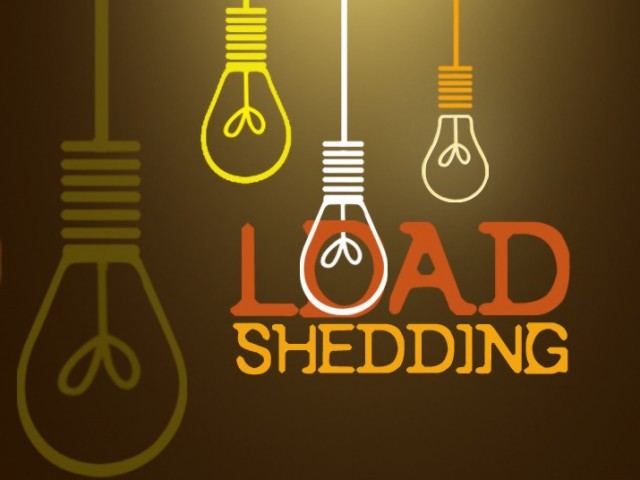LOAD SHEDDING STUDY
Preserving System Stability During Emergencies
Load Shedding is a crucial element in ensuring system stability and frequency regulation during unexpected disconnection from the utility grid or internal generation shortfalls. At System Protection Technocorp Pvt. Ltd., we specialize in designing automatic load shedding schemes tailored to your plant’s criticality, load profile, and generation capacity.
Objective of Load Shedding Study
To curtail selected non-critical loads in a planned sequence to prevent system collapse during generation-load imbalance, especially during:
- Grid disconnection while operating in parallel with CPP
- Sudden generator failure
- Under-frequency conditions
- Loss of major loads or feeders
Types of Load Shedding Techniques:
Breaker-Based Load Shedding:
- Immediate load disconnection via predefined breaker tripping.
- Fast-acting and reliable.
Under-Frequency Load Shedding (UFLS):
- Initiated when frequency drops below preset levels.
- Essential for isolated (islanded) networks.
Programmable Controller-Based Shedding:
- Logic-based sequence based on frequency, load levels, and generator status.
- Intelligent load management based on priority and real-time feedback.
Study Outcomes:
- Load prioritization strategy based on criticality
- Relay and controller settings for UFLS/UVLS
- Event timing sequence for staged load disconnection
Benefits:
- Maintains plant stability and avoids full shutdowns
- Optimizes generator performance under emergency conditions
- Protects critical processes from voltage and frequency collapse
- Ensures quick recovery and controlled load restoration
- Reduces operational losses and enhances equipment life

